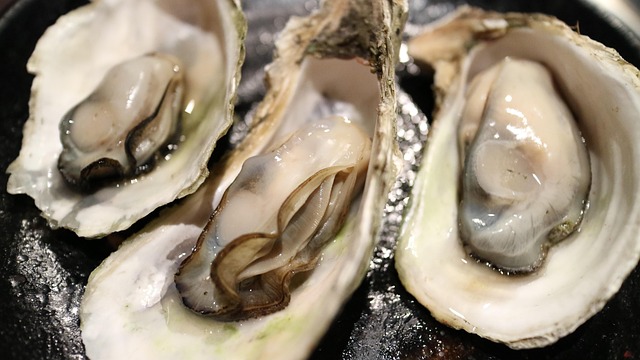by Shannon Heckt, Virginia Mercury
July 30, 2025
Since the Chesapeake Bay watershed agreement was signed over a decade ago, more than 2,200 acres of oyster habitat in the bay stretching from Maryland to Virginia have been restored.
The tributaries fully restored in Virginia include the Lafayette, Piankatank, Great Wicomico, Lynnhaven, Lower York, and Eastern Branch of the Elizabeth rivers. The program has already expanded past the original goals with recent reef building projects taking place in Hampton River.
“The Chesapeake Bay is proud to be home to one of the most successful examples of oyster restoration in the world,” Chris Moore, executive director of the Chesapeake Bay Foundation Virginia, said. “Now it’s time to keep the momentum going, not only for the health of our waterways but for the health of people, other species, and local economies.”
The Chesapeake Bay Program used historical data to find where oyster reefs had been in these tributaries in the past that were lost either to disease, over harvesting, or pollution. The oysters in these restored areas will not be for fishing but serve as a critical part of the bay’s ecosystem.
“Things like blue crabs, things like red fish, striped bass, all of those different species tend to spend some part of their life cycle or aggregate at different different times on oyster reefs,” Moore said.
Oysters also naturally filter the water to eat, which helps with cleaning the bay. Their reefs provide living shorelines that help maintain marshes that have been eroding over time. The marshes serve a critical role in not only housing habitats but protecting against flood waters.
The restoration of oyster habitats was already occurring before the 2014 watershed agreement. But the plan helps focus resources, both state and federal, into specific projects in the 10 tributaries. Now with the agreement concluding at the end of 2025 and a new agreement in the works, the Chesapeake Bay Foundation hopes to expand their reach with the oyster habitat restoration.
“Exceeding the oyster restoration goals in the current Bay Agreement is a testament to the power of the federal/state partnership and following a shared plan to save the Bay. To build on that success, it is critical that the next Bay Agreement include clearly defined targets for every goal — from water quality to oyster restoration — with a hard deadline of 2035,” said CBF senior policy director Keisha Sedlacek in a statement.
The new agreement will focus not only on restoring new tributaries for oyster reefs, but maintaining what has already been rebuilt. Communities and waterways that may have been left out in the original agreement will get a chance to propose projects in those areas. They also hope to expand the proposed additional 1,800 acres of habitat restoration in the draft and to set deadlines of 2035 to have better accountability for the goals in the agreement.
“Oysters are still a pretty small fraction of what they were historically. As we continue to refine our restoration techniques we think of new things like living shorelines and include oyster components as well,” Moore said. “This is an area where we can make big strides in Bay restoration, not only by increasing the number of oysters, increasing the amount of habitat out there for other fin fish species but also helping the Chesapeake Bay region become more resilient to climate change as well.”
The Chesapeake Bay Foundation is taking comments on the current draft of the updated watershed agreement through Sept. 1. They hope to expand the proposed additional 1,800 acres of habitat restoration in the draft and to set deadlines of 2035 to have better accountability for the goals in the agreement.
YOU MAKE OUR WORK POSSIBLE.
Virginia Mercury is part of States Newsroom, a nonprofit news network supported by grants and a coalition of donors as a 501c(3) public charity. Virginia Mercury maintains editorial independence. Contact Editor Samantha Willis for questions: info@virginiamercury.com.



















